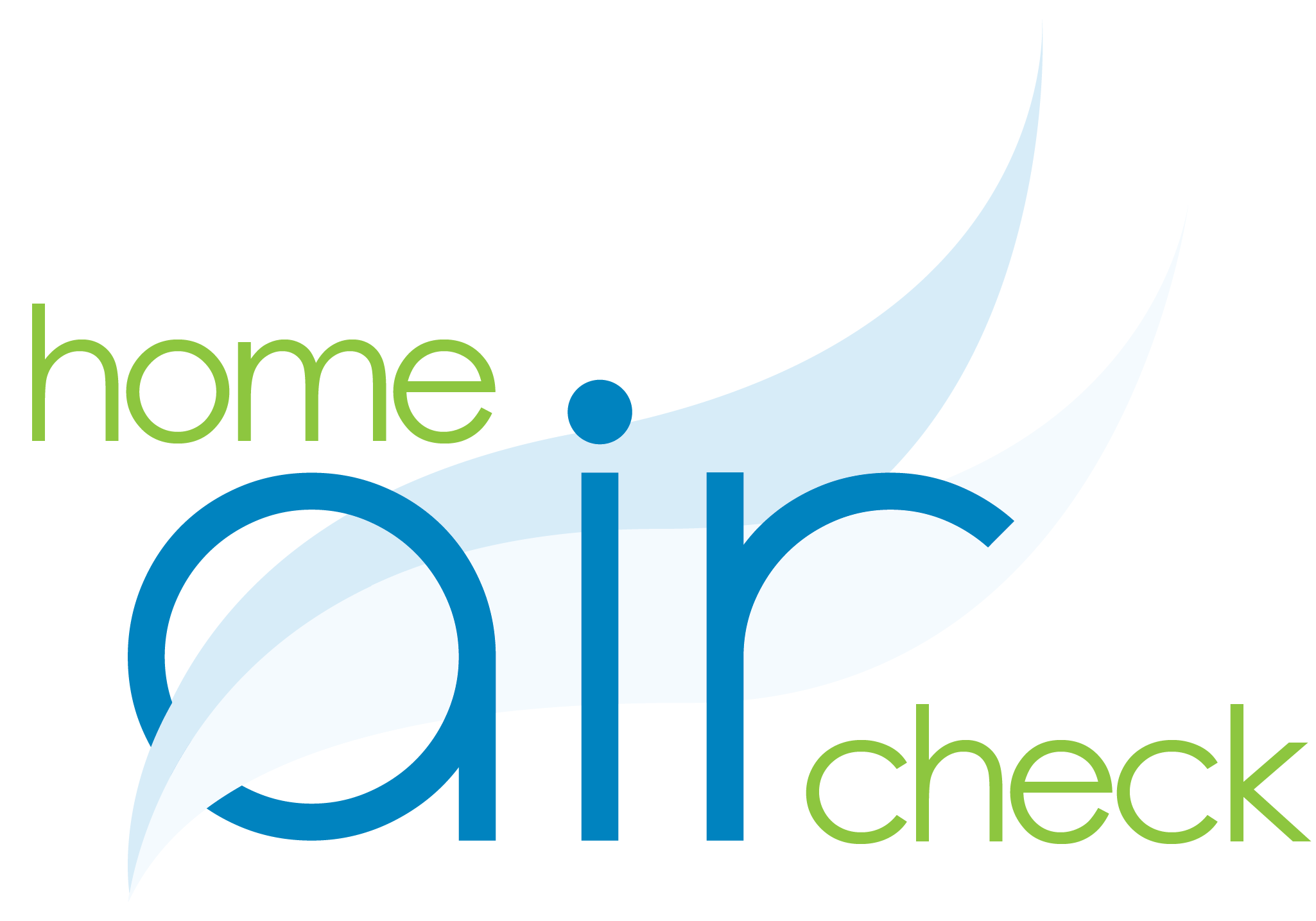Awareness regarding the dangers of PFAS exposure on human health has increased greatly in recent years. PFAS (Per- and polyfluoroalkyl substances) are a group of man-made chemicals that have been widely used in a variety of industries since the 1950s. These chemicals have unique properties, such as being highly resistant to heat, water, and oil, and have been dubbed “forever chemicals” due to their extreme persistence in the environment. There are over 12,000 types of PFAS and many of these break down very slowly resulting in the buildup of these chemicals in people, animals, and the environment over time. Let’s look at possible exposures to PFAS and why we should be concerned.
Exposure Sources
Exposure to PFAS occurs via a multitude of materials and products used in homes/businesses each day such as:
- Furniture
- Carpet
- Textiles
- Food and food packaging
- Nonstick cookware
- Cosmetics and personal care products
- Firefighter gear and firefighting foam.
Health impacts
PFAS can be found in the blood of most Americans. One report by the Centers for Disease Control and Prevention’s National Health and Nutrition Examination Survey found PFAS in the blood of 97% of Americans. Studies have shown that this exposure to PFAS may lead to adverse health issues such as:
- Reproductive effects such as decreased fertility
- Increased risk of some cancers
- Developmental effects or delays in children
- Reduced ability of the body’s immune system to fight infections
- Increased cholesterol
- Increased risk of obesity
Now that we know how exposure occurs, what can we do to limit daily exposures to these dangerous chemicals, in turn lowering the risk of associated health conditions? One answer is, to use healthier furnishings. Thousands of people perform renovations in their homes and businesses each year. According to a new study led by Harvard T.H. Chan School of Public Health, buildings utilizing healthier furnishings have significantly lower levels of per-and polyfluoroalkyl substances than buildings with conventional furnishings.
Research Says
The study was published online on November 4th, 2022, in Environmental Science & Technology.
Young and her colleagues analyzed dust from buildings on a university campus that implemented interventions to use “healthier” furniture and carpet that reportedly did not contain any added PFAS. Young and her team compared 12 spaces with healthier furniture and carpet to 12 spaces with conventional furnishings. Upon the completion of Young’s study, they discovered that rooms using so-called “healthier” furniture and carpet had 66% significantly lower total levels of 15 measured PFAS in the dust compared to rooms with conventional materials.
“We have decades of research showing that PFAS are concerning for human health and the environment. Our findings provide desperately needed scientific evidence for the success of healthier materials—which don’t have to be more expensive or perform less well—as a real-world solution to reduce indoor exposure to forever chemicals as a whole,” said Anna Young, research associate in the Department of Environmental Health, associate director of the Healthy Buildings program, and lead author of the study.
Knowing the dangers of PFAS to human health, and the results of this study, we as homeowners, landlords, business owners, etc. need to be more aware of what we are putting in our spaces. Striving to use furnishings and products with less PFAS can have a significant health impact not only now, but for years to come.
https://www.niehs.nih.gov/health/topics/agents/pfc/index.cfm
https://www.epa.gov/pfas/our-current-understanding-human-health-and-environmental-risks-pfas


